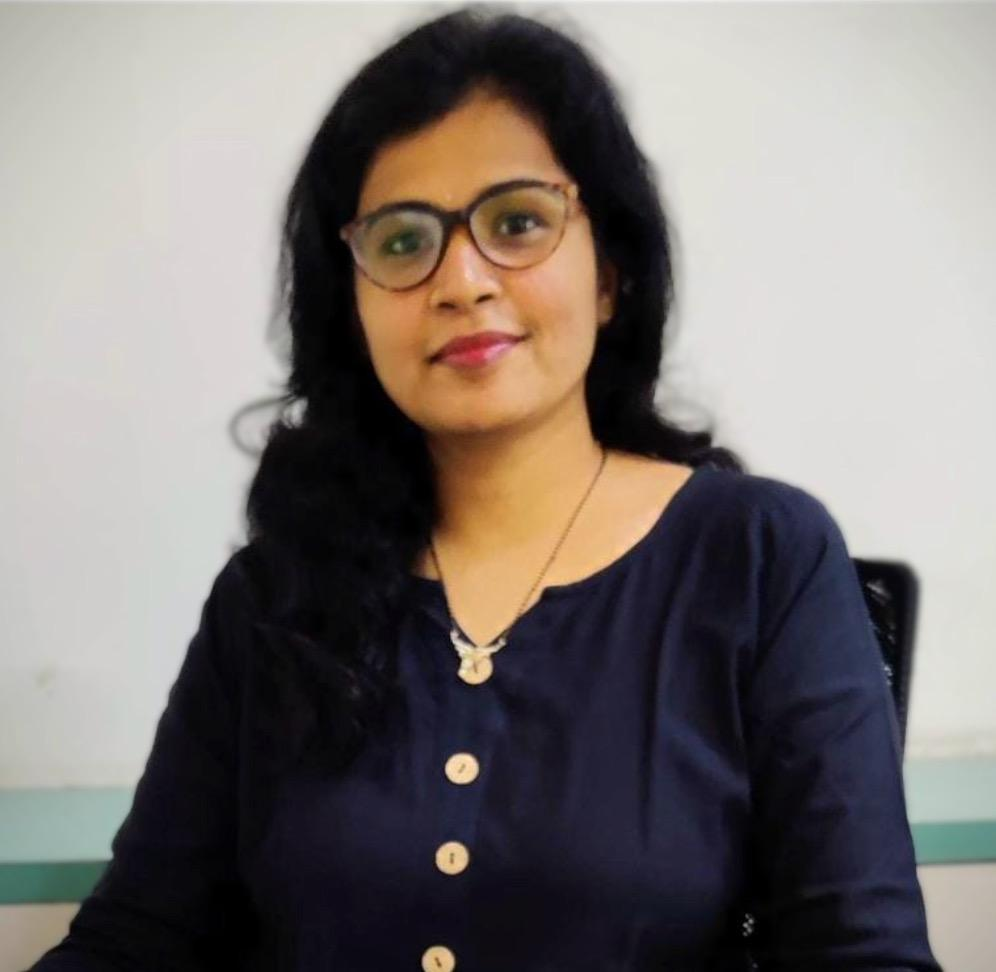Submission Deadline: 31 August 2025 (closed) View: 4195 Submit to Journal
Prof. Dr. Biswajeet Pradhan
Email: Biswajeet.Pradhan@uts.edu.au
Affiliation: Centre for Advanced Modelling and Geospatial Information Systems (CAMGIS), Faculty of Engineering & IT, University of Technology Sydney, Sydney, Australia
Research Interests: Geospatial Information Systems (GIS), remote sensing and image processing, complex modeling/geo-computing, machine learning, soft-computing applications, natural hazards and environmental modeling, remote sensing of Earth observation

Prof. Dr. Shilpa Bade-Gite
Email: shilpa.gite@sitpune.edu.in
Affiliation: Artificial Intelligence and Machine Learning Department, Symbiosis Institute of Technology, Symbiosis Centre for Applied AI, Symbiosis International (Deemed University), Pune, India
Research Interests: deep learning, computer vision, multi-sensor data fusion, assistive driving

With advances in Artificial Intelligence, the fields of image processing and computer vision have significantly impacted our daily lives. Computer vision strives to enable computers to interpret and understand visual information as humans do, while image processing often serves as a precursor to more advanced computer vision tasks. Key areas include object detection and recognition, image segmentation, video analytics, facial recognition, activity recognition, scene understanding, and more.
This special issue on “Computer Vision and Image Processing: Feature Selection, Image Enhancement, and Recognition” invites researchers to submit original research articles that explore cutting-edge advancements and applications in areas such as autonomous vehicles, remote sensing, earth observation, medical imaging, video surveillance and security, augmented reality (AR) and virtual reality (VR), and vision-based quality control.
Topics of interest include, but are not limited to:
Advanced image processing techniques
Intelligent image analysis
Vision-based intelligent systems
Image recognition and classification
Medical imaging and health informatics
Machine learning in data and image processing
Smart environments and smart cities
Deep learning for object detection
Image augmentation techniques
Real-time object tracking
Drone imaging
Remote surveillance
Satellite imaging
Advanced feature selection and processing techniques
Advanced image enhancement
Generative adversarial networks (GANs)
Stable diffusion models of image generation
2D/3D object recognition
Quality control using vision sensors
We welcome submissions that contribute to the theoretical foundations, methodologies, and practical applications in these areas. Both research articles and extensive review articles are allowed.


 Submit a Paper
Submit a Paper Propose a Special lssue
Propose a Special lssue